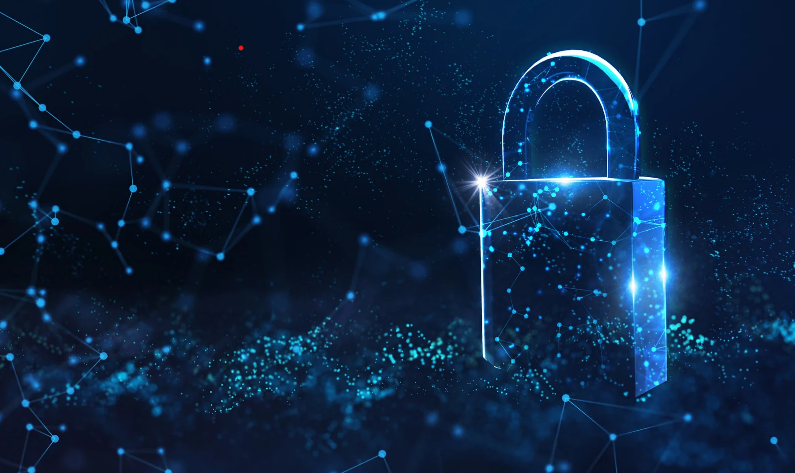The Evolution of Cyber Security: Decade in Review (2014-2024)
Over the past decade, the landscape of cybersecurity has undergone unprecedented transformations. Initially characterized by the rise of Advanced Persistent Threats (APTs), such as APT28 and APT29, linked to state-sponsored actors, the cyber realm witnessed a paradigm shift. Transitioning into the mid-2010s, a new threat emerged – the proliferation of ransomware. Strains like WannaCry and NotPetya caused widespread disruption, prompting organizations to reevaluate their security postures.

I. Rise of Advanced Persistent Threats (APTs):
At the beginning of the decade, APTs set the tone for cyber espionage. State-sponsored actors executed long-term campaigns, and organizations, therefore, began to prioritize intelligence-driven security measures. However, the threat landscape was evolving rapidly, and the mid-2010s brought forth a new challenge.
II. Proliferation of Ransomware:
By the mid-2010s, ransomware had become a pervasive threat, demanding a response beyond conventional security models. WannaCry and NotPetya, with their sophisticated encryption tactics, highlighted the need for a shift in cybersecurity strategy. Consequently, a growing awareness of the importance of robust defenses against ransomware took center stage.
III. Paradigm Shift to Zero Trust Architecture:
As the ransomware threat underscored the limitations of traditional security approaches, organizations began embracing a paradigm shift. The concept of Zero Trust Architecture gained prominence, challenging the conventional notion of perimeter-based security. In this new era, every user and device were treated as potentially untrusted, marking a significant transition in cybersecurity philosophy.
IV. Integration of Artificial Intelligence (AI) and Machine Learning (ML):
Transitioning into the latter half of the decade, artificial intelligence and machine learning became integral to cybersecurity. These technologies played a pivotal role in detecting and mitigating threats at scale. With real-time analysis and pattern recognition capabilities, AI and ML became crucial transition points in the evolution of cybersecurity defenses.
V. Privacy Concerns and Regulatory Changes:
In response to the escalating number of data breaches, privacy concerns took center stage. Governments worldwide, recognizing the need for stringent measures, introduced landmark legislations. The European Union’s General Data Protection Regulation (GDPR) and California’s Consumer Privacy Act (CCPA) marked a crucial transition, emphasizing the accountability of organizations and the protection of user data.
VI. Emergence of 5G and IoT Security Challenges:
The latter part of the decade introduced new challenges with the deployment of 5G networks and the widespread adoption of Internet of Things (IoT) devices. These transitions expanded the attack surface, prompting cybersecurity professionals to refocus efforts on securing the interconnected ecosystems of 5G and IoT.
VII. Quantum Computing and Post-Quantum Cryptography:
Looking towards the future, the cybersecurity community faces the transition into the era of quantum computing. The looming threat of quantum capabilities disrupting traditional cryptography has prompted a shift towards post-quantum cryptographic algorithms. This proactive approach prepares the industry for an inevitable transition in cryptographic standards.
Conclusion:
In conclusion, the evolution of cybersecurity from 2014 to 2024 has been marked by constant transitions and adaptations to emerging threats and technologies. From the rise of APTs to the paradigm shift towards Zero Trust Architecture, the integration of AI and ML, and the response to privacy concerns through regulatory changes, each transition has played a vital role in shaping the cybersecurity landscape. As we step into the next decade, the industry remains poised for further transitions, navigating the challenges posed by 5G, IoT, and the imminent era of quantum computing.
You think you have a story worth everyone’s time? SUBMIT A STORY and we will publish it.
Share this content:




Post Comment